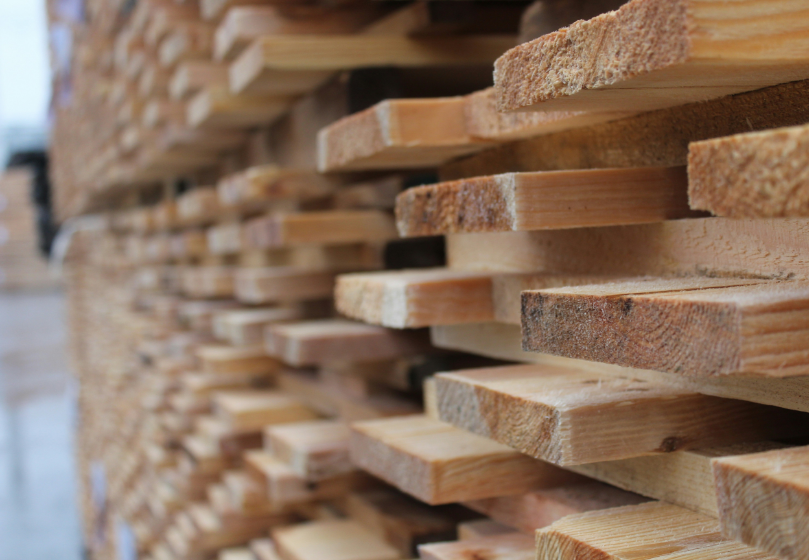Best Wood for Build&Bond DIY Bed Kits
Building a bed with Build&Bond? Learn how to choose the right lumber for your DIY platform bed frame or DIY headboard bed frame kit. From SPF 2x4s to hardwoods, here’s what you need to know.
Why Wood Matters
At Build&Bond, we’ve created the world’s first DIY furniture bracket system — designed to help Makers break free from throwaway culture. Instead of flimsy frames destined for the curb, you’ll build a bed with real strength and pride.
The wood you choose matters: it sets the tone for your build, shapes the look of your room, and even becomes part of the memory of building it. Whether it’s a platform or a headboard, choosing your lumber is more than a step on the checklist — it’s part of building skills, confidence, and shared moments that last.

1. Pick Out Your Own Wood (Don’t Let Staff Do It)
When you’re at the lumberyard or hardware store, always choose your own boards.
Why? Because not every piece of wood is equal:
- Look for straight, clean boards. Lay them flat and check for bows or curves.
- Avoid damaged lumber. Skip pieces with cracks, mold, or too many knots.
- Take your time. Choosing your own wood ensures your build looks better and lasts longer.
👉 Maker Tip: This step isn’t just practical — it’s part of the pride of making.
2. Safety First: Splinter Protection
Fresh lumber often has splinters. A simple pair of work gloves makes sorting, carrying, and building safer (especially for DIY beginners). It’s a small step that makes the whole process smoother.
3. Best Wood for Build&Bond Bed Kits
SPF (Spruce-Pine-Fir)
- The standard choice for Build&Bond bed kits.
- Affordable and widely available in 2x4s and 2x6s.
- Easy to cut, drill, and stain or paint.
- Perfect for both platform bases and headboard.
👉 SPF is our top recommendation for most Makers — strong enough for beds, simple enough for first-time DIY.
Cedar
- Lightweight, straight, and easy to work with.
- Naturally resistant to moisture, but costs more than SPF.
- Softer wood, which means it can dent more easily under heavy use.
👉 Cedar is fine for indoor bed projects, but SPF usually gives you more strength for less cost.
Hardwoods (Oak, Maple)
- Why choose them: premium look, durable surface, less prone to dents.
- Why not: heavier, harder to cut/drill, more expensive.Great for advanced Makers or for builds where you want a high-end finish.
👉 Stick with SPF if you’re new. Upgrade to hardwoods later when you want to customize or elevate your design.

4. Cutting Options: Save Time at the Store
Not everyone has a saw at home — and that’s okay. Many lumberyards and big-box stores (like Home Depot or Lowe’s) will cut wood to size.
- Some cuts are free.
- Others cost around $1 per cut.
This can save time and make your first build even easier.
👉 Download the Build&Bond Bed Cut List (available on our website).
Make It Yours
Flat-pack makes you a buyer. Build&Bond makes you a Maker. Every time you pick your wood, every time you fasten a bracket, you’re doing more than building a bed - you’re building skills, confidence, and bonds that last.
Our bed kits aren’t throwaway. They’re designed for Makers who want something stronger, more personal, and more meaningful.
👉 Explore our DIY Bed Kits (Platform + Headboard) → buildandbond.co

Disclaimer
Wood not included. Build&Bond bed kits are designed for use with standard dimensional lumber sizes (2x4, 2x6). Always inspect lumber for quality before purchase. Cutting services may vary by retailer.

Share:
The Problem with Furniture: Why Throwaway Culture Fails Us
Build&Bond Guide: Best Wood for End Tables, Shelves, and Benches